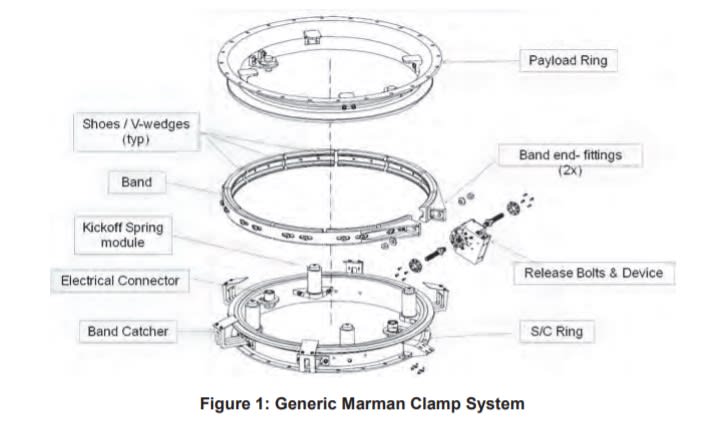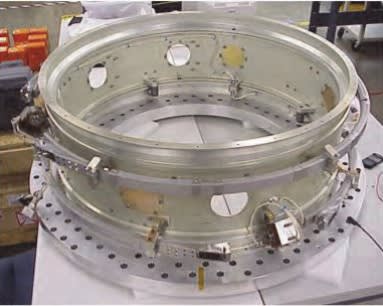Treetoedsloth
Aerospace
Hi,
I have some drawings for two flanges meant to be held together by a Marman clamp-band, and the drawings specify that one flange should be a different angle than another, e.g. one flange is at 16 degrees while the other is at 10, instead of both flanges being 16. Does anyone know why this is done? It seems like the clamp band would end up applying more force to one flange than the other.
I am asking because I need to design a very similar band and flange, and not sure whether I should follow these dimensions or make my flanges symmetrical angles.
If anyone out there has experience and knows why this would be done, it would be great to find that out! Bonus points for references/sources. Thank you!
I have some drawings for two flanges meant to be held together by a Marman clamp-band, and the drawings specify that one flange should be a different angle than another, e.g. one flange is at 16 degrees while the other is at 10, instead of both flanges being 16. Does anyone know why this is done? It seems like the clamp band would end up applying more force to one flange than the other.
I am asking because I need to design a very similar band and flange, and not sure whether I should follow these dimensions or make my flanges symmetrical angles.
If anyone out there has experience and knows why this would be done, it would be great to find that out! Bonus points for references/sources. Thank you!


